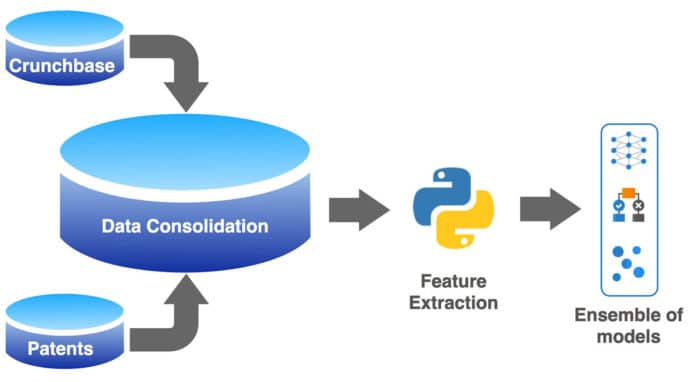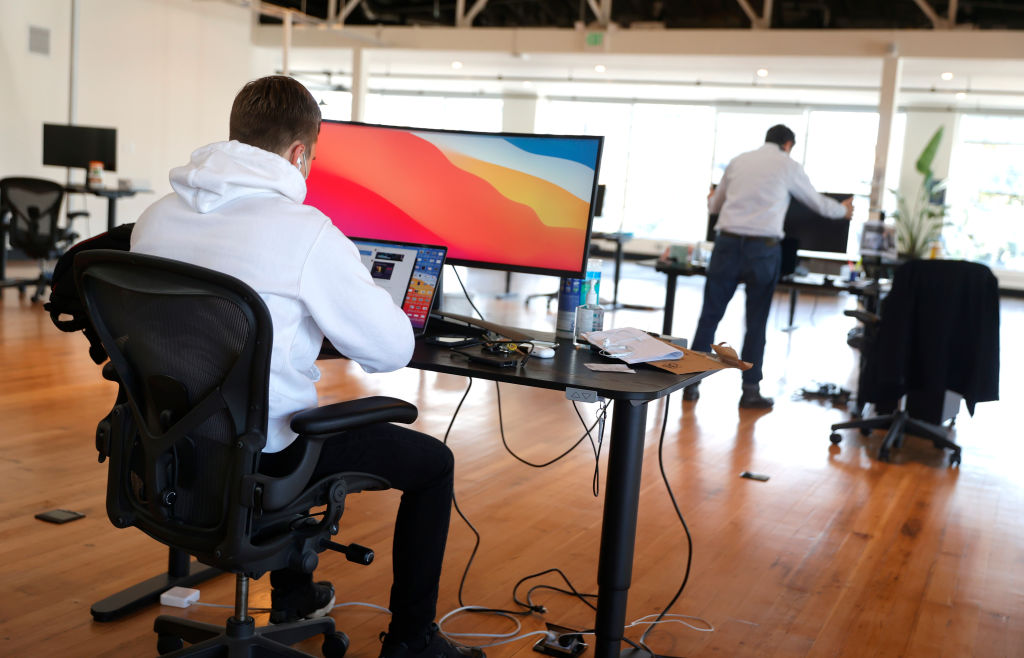
New AI predicts the success of startup companies
It could help investors identify the next unicorn.
The machine-learning pipeline used to train the models. Credit: Greg Ross
Almost 90% of startups fail, and very few succeed. 21.5% of startups fail in the first year, 30% in the second year, 50% in the fifth year, and 70% in their 10th year.
This presents a significant risk to venture capitalists and other investors in early-stage companies.
Scientists at KeAi Communications developed a new AI to identify which startup companies are more likely to succeed. The AI was created using several machine-learning models trained on the historical performance of over 1 million companies. The outcome is a tool, Venhound, that has the potential to help investors identify the next unicorn.
When tested, the models can predict the outcome of a company with up to 90% accuracy. This means that potentially 9 out of 10 companies are correctly assessed.
Sanjiv Das, Professor of Finance and Data Science at Santa Clara University’s Leavey School of Business in the US, said, “This research shows how ensembles of non-linear machine-learning models applied to big data have huge potential to map large feature sets to business outcomes, something that is unachievable with traditional linear regression models.”
Scientists developed a novel ensemble of models in which the combined contribution of the models outweighs the predictive potential of each one alone. Each model classifies a company, placing it in several success categories or a failure category with a specific probability.

For example, a company might be very likely to succeed if the ensemble says it has a 75% probability of being in the IPO (listed on the stock exchange) or ‘acquired by another company’ category, while only 25% of its prediction would fall into the failed category.
The models were trained on data sourced from Crunchbase. The Crunchbase observations were then combined with patent data from the USPTO (United States Patent and Trademark Office).
Given the crowd-sourced nature of Crunchbase, it was no surprise to learn that some companies’ entries are missing information. This observation inspired the authors to measure the amount of information missing for each company and use this value to input the model. This observation turned out to be one of the most critical features in determining whether a company would be acquired or otherwise fail.
Lead author Greg Ross of Venhound Inc. said, “The ensemble of models, along with novel data features, generates a level of accuracy, precision, and recall that exceeds other similar studies. Investors can use this to quickly evaluate prospects, raise potential red flags and make more informed decisions on the composition of their portfolios.”
Source: www.techexplorist.com



